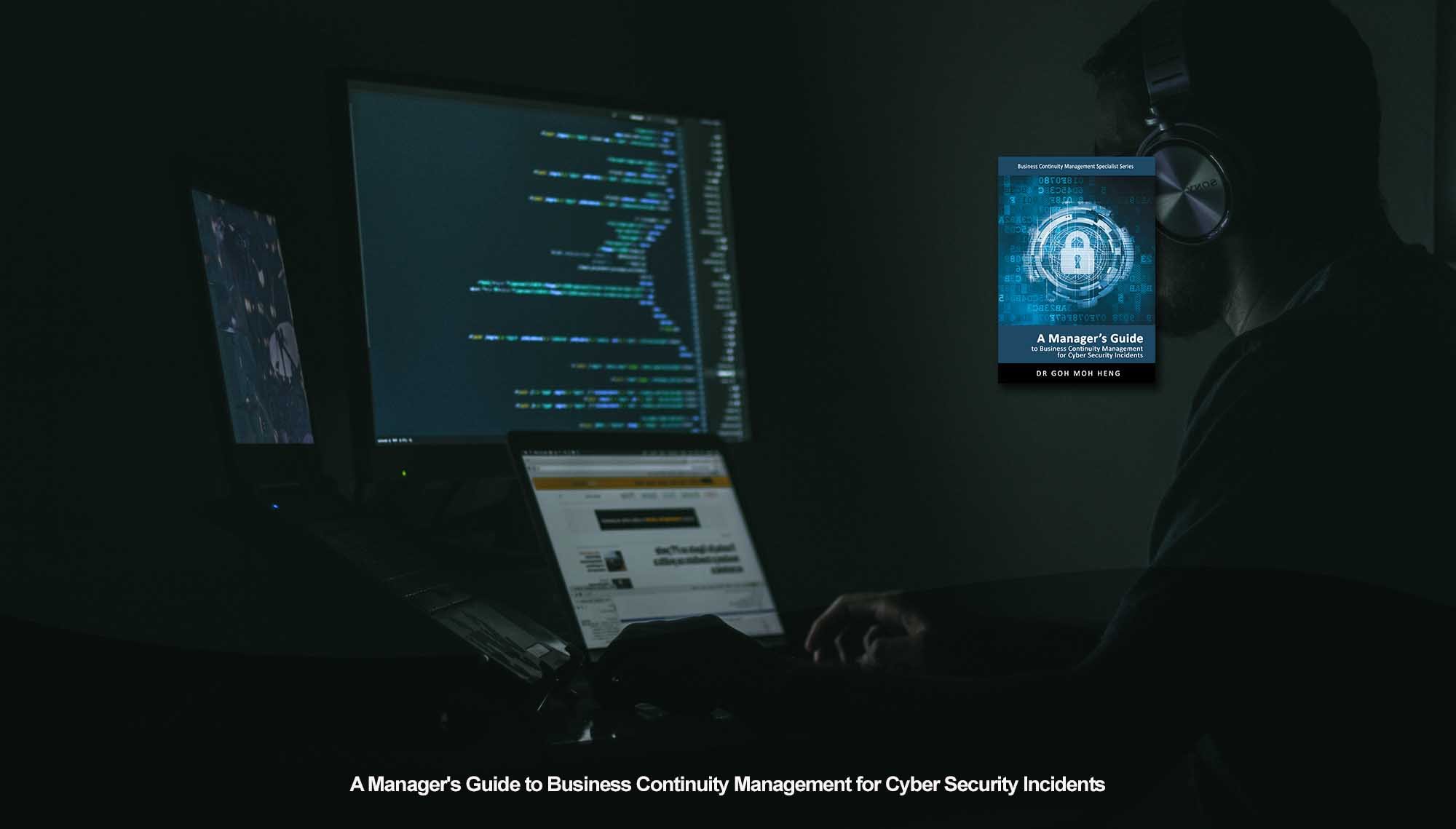Overview of Risk Analysis and Review and Business Impact Analysis for Cybersecurity Incident Response (CIR)
This is the introductory blog for implementing Risk Analysis and Review (RAR) and Business Impact Analysis (BIA) with Cybersecurity Incident Response (CIR).
It discusses the importance of knowing what information assets within an organization require protection against cyber security threats. It is part of the Risk Analysis and Review phase.
According to a BCI annual report, 88% of respondents mentioned they are either “extremely concerned” or “concerned” about the possibility of a cyber security attack.
Evolution of Cyber Threats
As technological development progresses, the likelihood of cyber security issues intensifying continues to grow. Some areas (BCI, 2010) organizations are concerned about are as follows.
1. Complexity of IT System
IT systems and networks are becoming increasingly complex, creating more issues and challenges for organizations utilizing them.
2. Converging Telecommunication Infrastructure
As the telecommunications infrastructure evolves, the traditional phone system and IT networks converge into a more unified structure.
3. Boundary-less Network
Difficulty in establishing physical and logical boundaries of the network as wireless connectivity continues to expand, increasing an organization’s exposure to cyber security attacks
Drivers for Cyber Security Risk Concerns
Here are a few reasons why organizations are so worried about cyber security attacks:
1. Pervasive Technology
- Sharing platforms (Pundmann & Juergens, 2015) such as the Internet, cloud, mobile and social are the mainstream tools organizations currently use; and
- Accessibility by employees to information anytime and from anywhere.
2. Changing Business Models
- Organizations are beginning to change their mode of operations, such as outsourcing, offshoring, contracting, and remote workforce;
- The increased amount of data to protect; and
- Changing customers’, employees’, and organization’s information.
3. Compliance with Legislation
- The increased regulatory requirement to comply concerning data protection.
4. Cyber Criminals with Different Agendas
- Hackers to nation states;
- Continuously innovating and subverting; and
- Not tied down by the country’s law enforcement.
Overall Process
The detailed step of the RAR and BIA phases using the BCM planning methodology for Cybersecurity Incident Response (CIR) is shown below, together with the RAR and RAR Process for Cyber Security Risk.
Related Topics to CIR RAR and BIA
Do You Want to Continue BCM Training onsite or online?
Goh, M. H. (2017). A Manager's Guide to Business Continuity Management for Cyber Security Incidents, 2nd Edition. GMH Pte Ltd.
Reference: Chapter 6 Risk Analysis and Review and Business Impact Analysis 6.1 Introduction to 6.5 Overall Process
Note: This version was the draft 2nd Edition being updated in 2022. The numeric in the square bracket [X-X] cross-refers to the actual chapter and section in the 1st Edition.












![[BL-3-Catalog] What Specialist Level Blended Learning Courses that are Available?](https://no-cache.hubspot.com/cta/default/3893111/4b22a53c-6e3e-4b9e-8c2a-888423f1d26c.png)
![[BL-5-Catalog] What Expert Level Blended Learning Courses that are Available?](https://no-cache.hubspot.com/cta/default/3893111/fe175db3-7f57-4636-bf09-e9a836aa5478.png)


